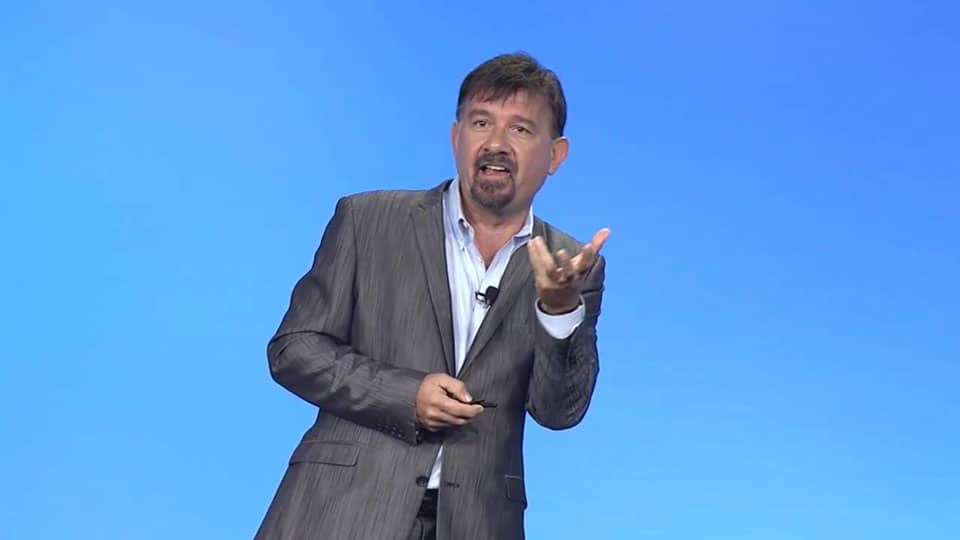Rage Against Your Company – How to Manage Surging Customer Anger

Raging Customers: Recently, the 2022 National Customer Rage Study released its results, and they are concerning. Manuela López Restrepo of NPR summarizes the findings by noting:
- Customer service and hospitality at large have declined in the eyes of many Americans.
- 74% of Americans say they’ve had product or service problems in the past year, according to the 10th edition of the National Customer Rage Survey, which tracks satisfaction and incivility. The incidence of problems has more than doubled since 1976.
- And on the other side, consumers are described as increasingly vocal about it — literally. The survey found 43% of customers yelled or raised their voice to express displeasure about their most serious problem, up from 35% in 2015.
Fixing the Root Causes
Given macroeconomic and social factors like inflation, supply chain challenges, and the war for talent, some consumer anger is inevitable. However, many sources of frustration are avoidable, and they should be the focus of leaders and managers. These sources include:
- Technology and self-service breakdowns
- Lengthy wait times or no option for a human representative
- Unresponsiveness across channels
- Incorrect billing
- Inconvenient processes
- Confusing or jargon-filled communication
Managing Anger When It Surfaces
Reducing the root causes of customer frustration is an important start, but we must also help our team members manage customer agitation. These efforts should include the following:
- Taking a Stand for Team Members – Although Cesar Ritz purportedly said, “The customer is always right,” he was wrong. The customer is not right when they verbally mistreat or threaten team members. Managers must take swift and decisive action to ensure the emotional and physical well-being of team members.
- Demonstrating Effective Listening and Empathy Skills – To ensure team members reduce misunderstandings and conflict, they need to be active listeners capable of paraphrasing and reflecting feelings. Leaders who demonstrate those behaviors, in turn, nurture the same skills in their team.
- Training on De-escalation Techniques– There is a science to de-escalating conflict (e.g., softening your voice as the agitated person increases their volume), and de-escalation skills are invaluable for all interpersonal relationships. Invest in those skills on behalf of yourself, your team, your customers, and everyone with whom you interact.
My approach for dealing with angry customers follows a simple formula:
“Listen for understanding, empathize, breathe, and solve!”
While no customer strategy works every time with every customer, I favor my method over becoming defensive, taking anger personally, or letting a customer’s mood override my manners.
What approach works best for you?
Written by Joseph Michelli.
Have you read?
Wealthiest Sports Owners in the World?
World’s Richest Actors And Their Net Worth.
World Richest Tennis Players And Their Net Worth.
Richest NFL (National Football League) Players.
Top CEOs in Singapore, 2023.
Ready to join the CEOWORLD magazine Executive Council– Find out if you are eligible to apply.
Bring the best of the CEOWORLD magazine's global journalism to audiences in the United States and around the world. - Add CEOWORLD magazine to your Google News feed.
Follow CEOWORLD magazine headlines on: Google News, LinkedIn, Twitter, and Facebook.
Copyright 2025 The CEOWORLD magazine. All rights reserved. This material (and any extract from it) must not be copied, redistributed or placed on any website, without CEOWORLD magazine' prior written consent. For media queries, please contact: info@ceoworld.biz








